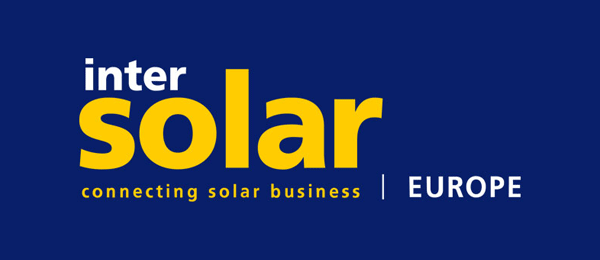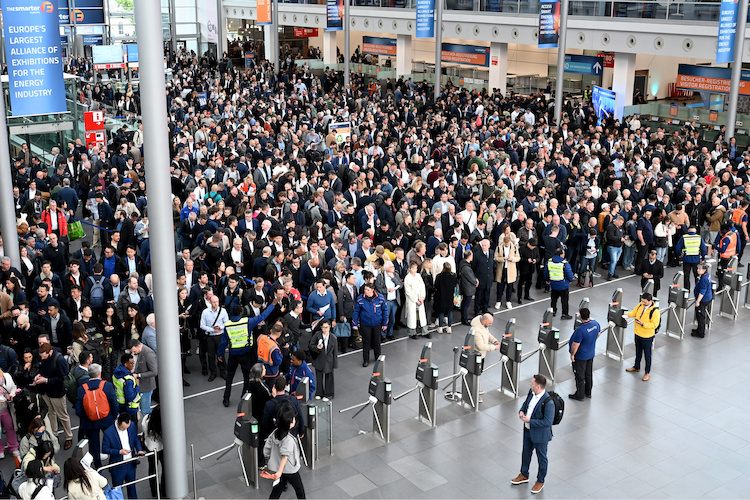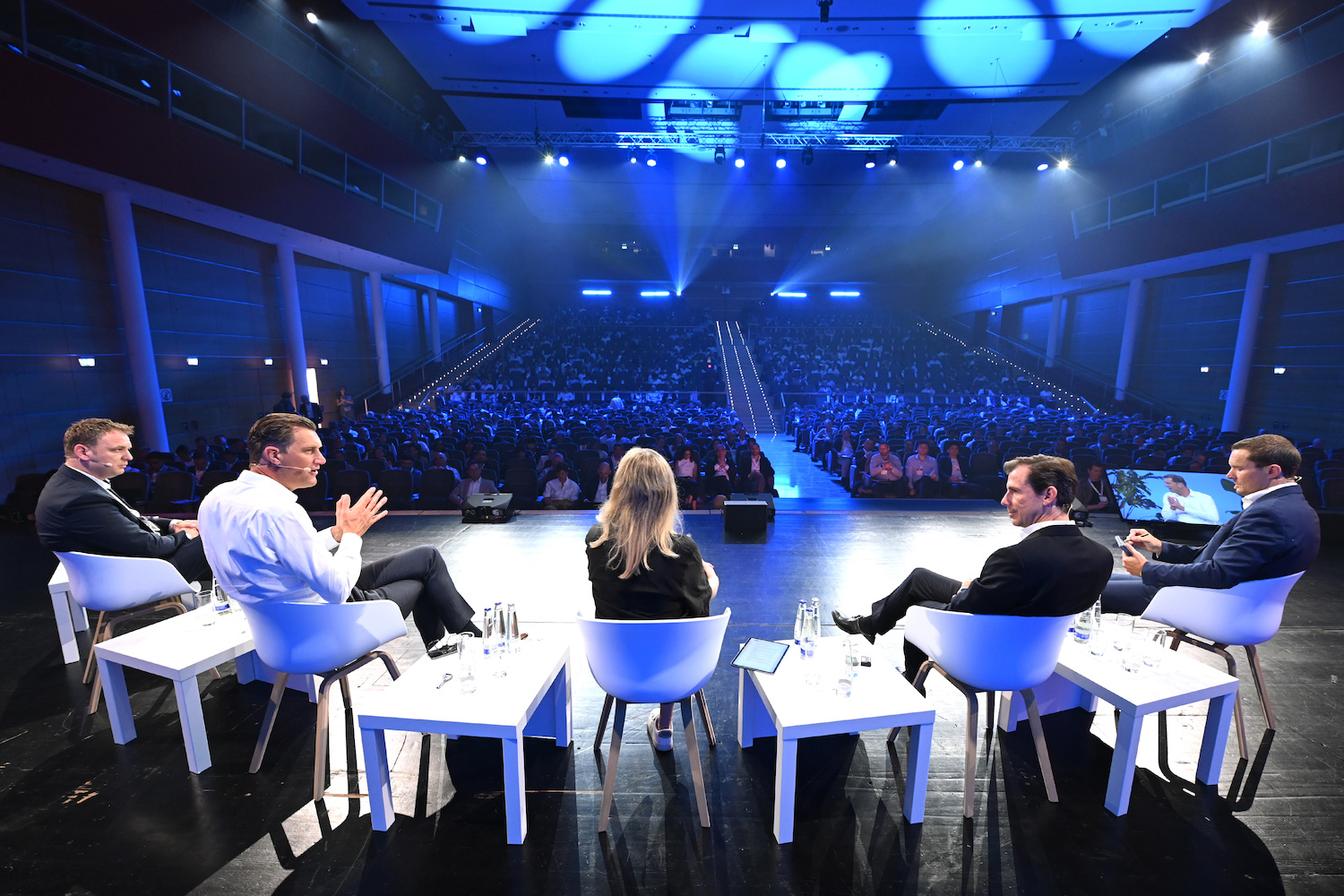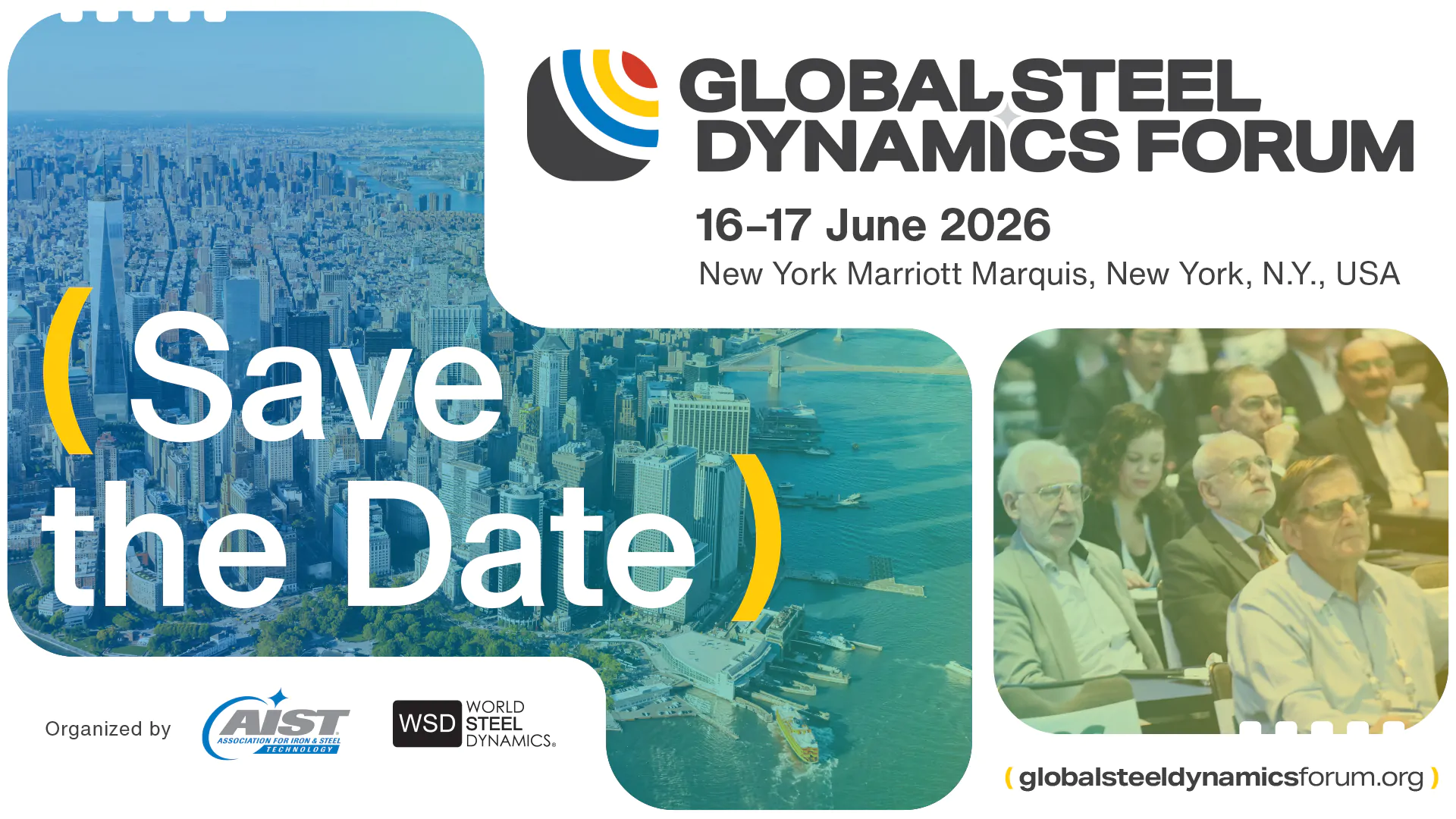
Intersolar Europe 2026: The World's Largest Solar Trade Fair is in Munich
The Intersolar Europe fair in Munich establishes itself as the ideal stage to celebrate a historic milestone: the year 2024 marked a decisive moment by surpassing two terawatts of installed global photovoltaic capacity. We are looking at the largest solar industry trade fair worldwide, an event that from June 23 to 25, 2026, will transform the Messe München into the epicenter of energy innovation.
During the 2026 edition, we expect the Intersolar fair to attract thousands of high-value participants from over 160 countries, solidifying Intersolar Munich as an essential meeting point. With more than 1,350 confirmed exhibitors, Intersolar Europe will bring together manufacturers, energy planners, integrators, and various other key players in the sector. Undoubtedly, the motto "Connecting Solar Business" perfectly reflects the essence of the event, especially in a context where Europe has broken records by installing 65.5 gigawatts of new photovoltaic capacity. In this article, we will analyze the highlights of this international exhibition and why it is essential for those of us who are part of the solar industry.
Intersolar Europe 2026 Brings the Global Solar Industry to Munich
Intersolar Europe, considered the world's leading exhibition for the solar industry, will open its doors in 2026 to gather the main players in the renewable energy sector. This prestigious fair, with over three decades of history, has established itself as the essential meeting point for professionals in the photovoltaic and solar thermal fields.
When and Where is the Fair Held?
The Intersolar Munich fair will take place from Tuesday, June 23, to Thursday, June 25, 2026, at the Messe München exhibition grounds. Opening hours will be from 9:00 a.m. to 6:00 p.m. on the first two days and from 9:00 a.m. to 5:00 p.m. on Thursday. Simultaneously, the Intersolar Europe Conference will be held from Monday, June 22, to Tuesday, June 23, at the International Congress Center Munich (ICM).
The event will occupy halls A1-A6, B3-B4, C1, C4, and outdoor areas of the exhibition center, with a total area of 101,000 square meters dedicated exclusively to Intersolar Europe, within the 200,000 square meters that comprise the entire The smarter E Europe complex.

Who Organizes Intersolar Europe?
Intersolar Europe is part of the The smarter E Europe innovation hub, the largest alliance of energy industry exhibitions in Europe. This hub integrates four parallel trade fairs dedicated to the energy sector: Intersolar Europe (solar energy), ees Europe (energy storage), Power2Drive Europe (charging infrastructure and electric mobility), and EM-Power Europe (integrated energy solutions).
Which Sectors Participate in the Intersolar Fair?
The exhibition covers the entire solar sector value chain, primarily:
- Exhibition Segments: Photovoltaics, solar thermal energy, solar power plants, and related technologies.
- Exhibitor Groups: Manufacturers, suppliers, distributors, system integrators, project developers, research institutes, specialized media, and financial service providers.
Approximately 1,300 exhibitors are expected for Intersolar Europe and more than 2,800 for the entire The smarter E Europe, attracting over 100,000 professional visitors. It will also feature the presence of planners, energy consultants, architects, utilities, and investors, all united by the common goal of driving a more sustainable future through solar energy.
Exhibitors Present Key Solar Energy Innovations
At Intersolar Europe 2026, visitors will witness an unprecedented showcase of solar innovations that will define the future of energy. Exhibitors will present disruptive technologies that are transforming the global renewable energy landscape.
State-of-the-Art Photovoltaic Technologies
Perovskite-silicon tandem solar cells will attract significant attention at the Intersolar fair, with efficiencies reaching 33%. TOPCon technology is rapidly gaining ground and is expected to dominate 70% of the market by 2026. Likewise, bifacial panels, capable of generating up to 30% more energy by capturing light on both sides, will show significant advances. Back Contact modules, which move all the wiring to the back of the panel to improve efficiency and aesthetics, represent another emerging trend.
Energy Storage and Smart Grid Solutions
Energy storage will take center stage with technologies like flow batteries and thermal storage. The operational storage capacity in the United States reached 37.4 GW in 2025, a 32% increase. Furthermore, hybrid grid-forming systems that can perform black starts at a gigawatt scale and switch between grid-following and grid-forming modes will be exhibited. Exhibitors will showcase solutions that optimize self-sufficiency and participation in ancillary services markets.
AI Integration and Digitalization Trends
Artificial intelligence is revolutionizing the solar industry. At Intersolar Europe 2026, visitors will learn how AI optimizes processes across the photovoltaic value chain. Applications include analyzing material properties to develop more efficient cells, early detection of manufacturing defects, and GeoAI to identify optimal locations. Digital twins, virtual replicas of physical systems, will enable simulation of grid stress and reliability scenarios, optimize operations, and strengthen cybersecurity.
Advances in Agrivoltaics and Sustainability
Agrivoltaics is emerging as a key trend that reconciles solar energy with agriculture. Tracking systems for agrivoltaic applications will be presented in a special exhibition. This technology offers clear advantages: protection against storms, hail, frost, and drought for crops, while diversifying farmers' income. Europe's largest agrivoltaic plant with a capacity of 135 megawatts has been built in Sicily, where fig and olive trees grow between the rows of modules.
Intersolar Munich Fair Drives Business Opportunities
The business platform offered by the Intersolar Munich fair goes beyond merely displaying technologies. This event has established itself as a fundamental economic engine for the solar sector, generating significant commercial opportunities on a global scale.
What Benefits Does It Offer Exhibitors?
Exhibitors gain access to one of the most qualified buyer audiences in the solar industry. The exhibition allows them to expand their global distribution networks, create new sales channels, and present project case studies on a top-tier stage. They also have access to advanced online matching tools and specific networking formats. Media presence is extraordinary, with over 600 international journalists from 40 countries generating approximately 44,000 media reports.
How is International Networking Facilitated?
Intersolar Europe facilitates meetings between high-value participants from over 160 countries. During the conference and workshops, attendees can exchange technical ideas and data-backed results. On the other hand, special events like the Midsummer BBQ allow for networking with over 500 industry players in a relaxed atmosphere. The Munich exhibition grounds, strategically located in the heart of Europe, enhance this international connection.
What Kind of Visitors and Buyers Attend?
Over 100,000 industry professionals are expected to attend the event. Among them are utility-scale project developers, commercial real estate decision-makers, municipal energy buyers, and C-level executives from Europe, Asia, and North America. Specific profiles include planners, EPC contractors, installers, system integrators, manufacturers, suppliers, distributors, energy consultants, and analysts.
Conferences and Forums Address the Future of Energy
Parallel to the trade exhibition, the Intersolar Europe Conference 2026 stands out as a fundamental intellectual forum where experts analyze the trends that will shape the global energy future.

Key Topics of the Intersolar Europe Conference
On June 22 and 23, 2026, the International Congress Center Munich (ICM) will host this academic program focused on PV markets, technologies, and project financing. In addition to analyzing the European market development, each edition delves into specific markets. Highlighted topics include:
- Hybrid systems and commercial photovoltaics
- Modern applications like agrivoltaics and floating photovoltaics
- Smart combinations of photovoltaics, storage, electric mobility, and energy management
Participation of Experts and Industry Leaders
The organizing committee is chaired by Michael Schmela, Executive Advisor of SolarPower Europe, along with George Touloupas of Clean Energy Associates as co-chair. Committee members include representatives from Lightsource bp, S&P Global, the German Solar Association, and the Fraunhofer Institute for Solar Energy Systems, ensuring diverse perspectives from research, industry, and policy.
Discussions on Regulation, Investment, and Decarbonization
A central element will be the presentation of the Global Market Outlook for Solar Power by SolarPower Europe, a benchmark document for the sector. Sessions will explore industrial decarbonization through solar thermal and photovoltaic solutions, showcasing innovative applications, from industrial heat to on-site power generation. Likewise, integration strategies that reduce emissions, increase efficiency, and promote sustainability in energy-intensive sectors will be analyzed.
Conclusion
After analyzing all aspects of Intersolar Europe 2026, it is evident that this event represents much more than a simple trade show. Certainly, the fair has established itself as an engine of innovation for the entire global solar industry, bringing together over 1,350 exhibitors and 100,000 professional visitors in one place. The revolutionary technologies presented in Munich, from perovskite-silicon cells to advanced agrivoltaic systems, will set the course for the sector in the coming years.
The fair, however, transcends mere technological exhibition. Fundamentally, Intersolar Europe functions as a catalyst for international business connections that generate substantial opportunities. Participants not only learn about the latest innovations but also establish vital strategic alliances for the growth of the solar sector.
Simultaneously, the Intersolar Conference provides an essential academic component where experts analyze emerging trends and regulatory challenges. This combination of trade exhibition, international networking, and scientific debate makes Intersolar Europe 2026 a truly comprehensive event.
As Europe continues to break records with 65.5 gigawatts of new installed photovoltaic capacity, the relevance of this fair increases considerably. We can therefore state that Intersolar Munich not only reflects the current state of the solar sector but actively shapes its future.
The Munich exhibition grounds will be transformed, during those three days in June, into the global epicenter of the energy transition. Although photovoltaic technology will remain the main protagonist, integration with storage solutions, electric mobility, and smart energy management demonstrates the maturity and holistic vision the sector has achieved.
The Intersolar Europe 2026 fair undoubtedly represents an unparalleled opportunity for all professionals linked to solar energy. Those of us who participate in this event will not only witness the innovations that will define the energy future but will also actively contribute to building a more sustainable and renewable energy system for generations to come.









